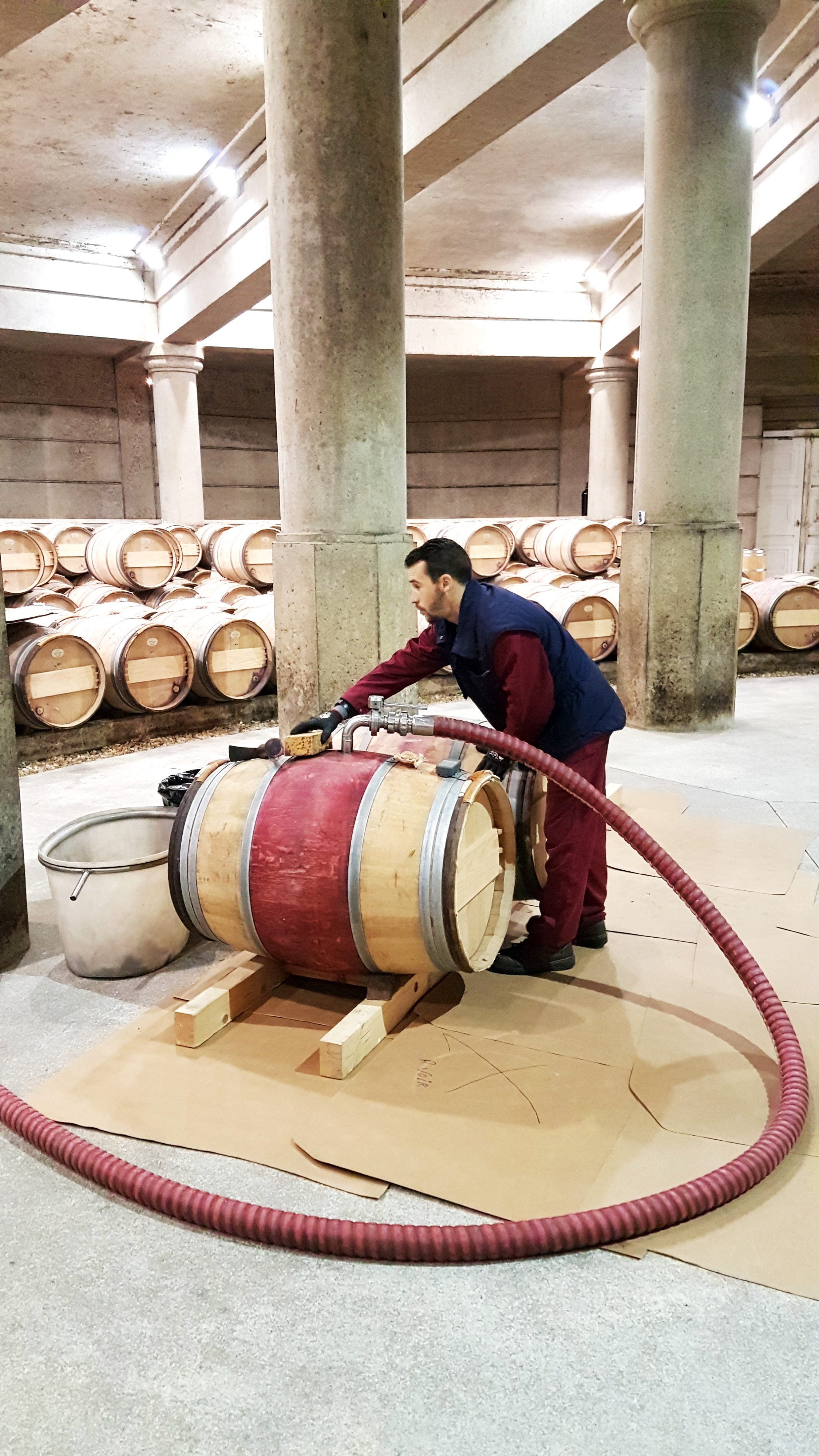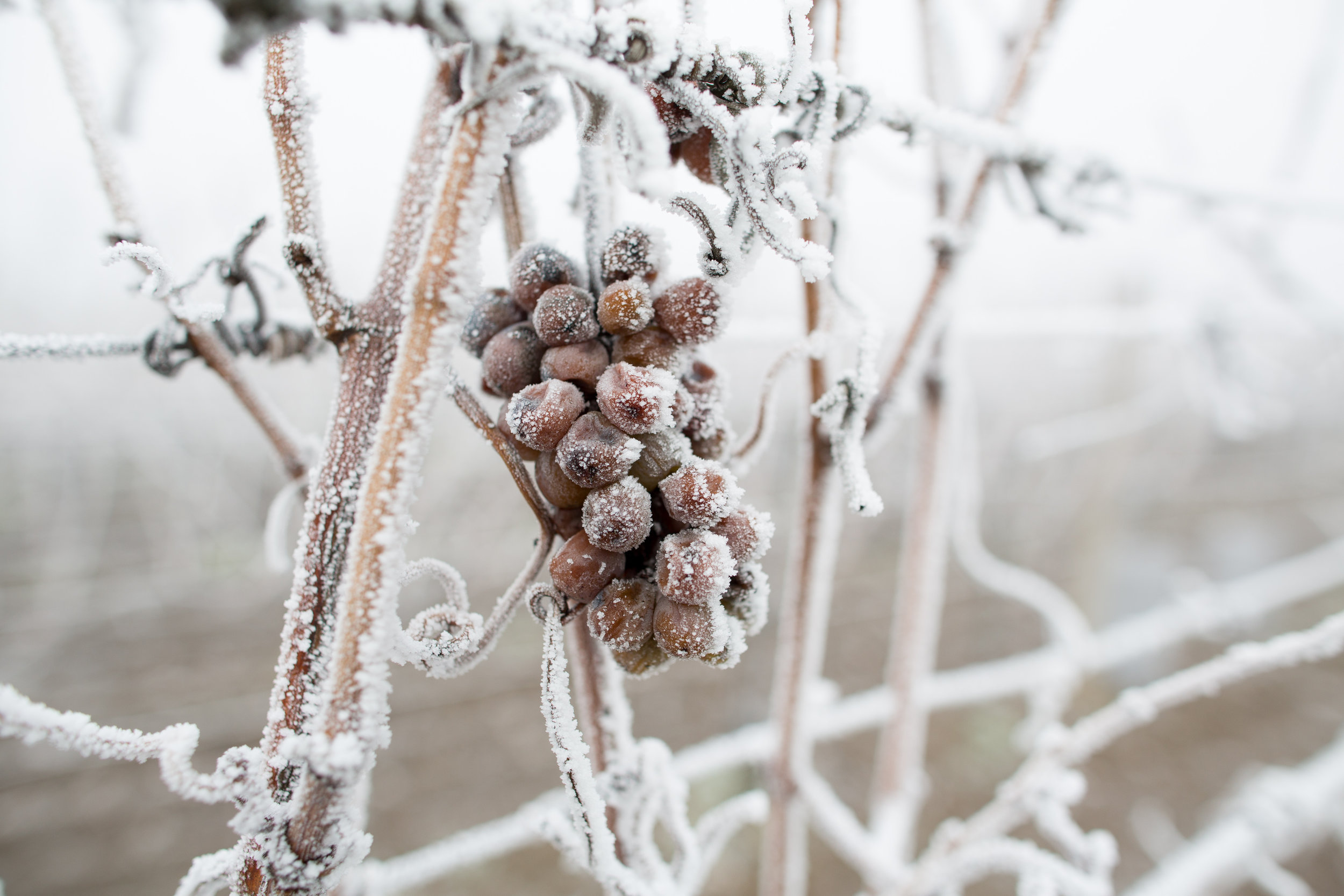Red Wine Production
Grapes are harvested and brought to the winery, where they are sorted. This can be done by hand or by machine, or a combination of both. Grapes are examined and checked for impurities such as unripe or rotten berries. Many wineries will use technology such as optical sorting, often in conjunction with traditional hand sorting. Unwanted grapes are discarded before the good grapes pass to the next phase.
Next, the winemaker will usually destem and crush the grapes. Neither step is mandatory, though many modern wineries have a machine which can do both. Destemming involves removing the stems from the bunches of grapes. Crushing involves breaking the grape skins gently to release some of the juice, which is known as free-run juice. This process should be gentle enough to release the juice without damaging the pips.
With destemming and crushing complete, the winemaker may decide to use a technique called cold maceration. This is an extraction technique where the grapes are left at cold temperatures for a period of time, which encourages the release of colour from the skins. Both duration and temperature should be carefully managed. Handled incorrectly, this technique can cause the juice to lose its primary fresh fruit aromas and negatively affect the wine’s aromatic character.
Further extraction takes place during alcoholic fermentation. For the most part, alcoholic fermentation takes place in inert vessels such as stainless steel, wood or cement vats. 225-litre oak barriques are not practical for the alcoholic fermentation of red wines as it would be incredibly difficult to maintain contact between the skins and the juice, a vital component in successful extraction. Alcoholic fermentation for red wines usually takes place between 30°C and 32°C, and in most modern wineries the temperature is carefully controlled. Higher temperatures can improve extraction of colour and tannin, but come at a risk: Should the temperature rise higher, around 35°C to 38°C, fermentation can cease altogether. Different wine regions and grape varieties will call for different temperature ranges.
During fermentation, the grape pulp and skins will naturally form a thick mass or “cap” on the surface of the juice. Left alone, the cap will impede successful extraction as the juice will be unable to extract much colour given the limited surface contact and concentration of the cap. The winemaker has a number of techniques at his disposal that he can employ to overcome this challenge.
“Pumping over” is a method whereby the winemaker draws off wine from the bottom of the vessel and, quite literally, pumps it over to the top and back into the vessel, in effect breaking up the cap. Pumping over has the benefits of dissipating heat and promoting oxygenation, assisting the growth of yeast at the beginning of the fermentation. Oxygenation also protects the wine from reduction and the unpleasant aromas associated with it, such as cabbage and rotten egg. This is a very common technique for most red wines and is usually carried out twice per day.
Another way to break up the cap is “punching down”, which involves breaking up the cap by punching down upon it with paddles. This was traditionally done by hand, though this can present a health risk for the worker. Wineries that use this method today can do so with mechanical paddles and tend to punch down between once and three times per day.
Alcoholic fermentation for red wines typically lasts between one and three weeks. The length of time that the fermenting juice stays in contact with the skins will impact the wine’s style, largely for reasons of extraction. Extraction of colour occurs quickly in the early stages of maceration and begins to slow down during fermentation. On the other hand, extraction of tannin begins slowly and then increases during fermentation, as heat and alcohol levels increase. The winemaker can thus impact the wine’s style with his choices regarding the duration of time the juice spends in contact with the skins. Extended skin contact is often used for high-quality, age-worthy wines that are high in tannin, like Barolo, Barbaresco and classified growth Bordeaux. Lighter, fruitier reds can be produced by drawing the juice off the skins earlier and finishing the fermentation without them.
The winemaker drains the wine from the mass of skins and pulp, and then presses the mass to create the “press wine”. The press wine is very high in both tannin and colour, and the level of extraction will depend on how vigorous the pressing is. Press wine is not usually sold by itself, but may be used in blending or is sometimes shared with winery staff for their own private consumption.
Now, the wine undergoes malolactic fermentation. This is the process of converting the harsh and tart malic acid into softer and creamier lactic acid. This process can soften the wine’s acidity and smooth out some of its harsher characteristics. The free-run juice and press wine may both undergo this process.
After malolactic fermentation, the winemaker will usually blend the wine. This may be a blend of different parcels, press wine and free-run wine, or some combination of both. After blending, the wine is usually aged or matured. This can take place in a number of different vessels, with Bordeaux-style oak barriques being most common for high-end wines. Other options include larger oak vessels such as Italian botti, clay amphorae, or inert vessels like stainless steel, perhaps with the addition of oak chips or staves. The duration of the ageing can vary and may be the winemaker’s choice or a legal requirement from the governing body of the local area. It is common for Grand Cru Classé Bordeaux to be aged for between 16 and 24 months, though there are exceptions. In Bordeaux, most high-end wine is actually sold in advance of being finished, while it is still ageing in barrel. These wines are sold on a futures system known as en primeur, and around April each year, the wine trade and media head to Bordeaux to taste barrel samples of the latest vintage to help inform later buying decisions, and, crucially, the producer’s pricing decisions.
Following ageing, the wine may be blended one final time. The winemaker will have meticulously tasted the wine from barrel during the maturation and monitored its progression. This knowledge will inform final blending decisions. The final blend will then be clarified, either by sedimentation or filtration. Fining may follow, and is often done using egg whites. This can be followed by tartrate stabilisation or cold stabilisation, the winemaker’s efforts to isolate and remove tartrate crystals from the wine. Finally, the wine must undergo microbiological stabilisation, a process for stabilising the wine and protecting from unwanted microbial activity such as refermentation in the bottle and other spoilage. This can take the form of filtration, known as “cold bottling”, or pasteurisation, known as “hot bottling”.
Some red wines, notably those from the Beaujolais region in France, are made using a particular technique called “carbonic maceration”. Here, the winemaker takes uncrushed, whole bunches of grapes, stems and all, and places them in vats filled with CO2. This environment has no oxygen, and so the grape cells must source their energy by converting grape glucose into alcohol, carbon dioxide and energy. This process takes place without yeast and culminates in the grapes bursting. They are then pressed, the juice and skins are separated, and the juice finishes fermentation with the addition of yeast. The result is high colour extraction and very low tannin extraction. Carbonic maceration is classically associated with aromas like banana and bubblegum, and wines made in this way are generally not intended for long ageing.
The final step is packaging, and the winemaker has many choices here including glass bottle, bag-in-box, plastic bottle, aluminium can and more. Most wines are released shortly after bottling or packaging, though in some regions, notably in Spain, it is common for further ageing in bottle prior to release.






